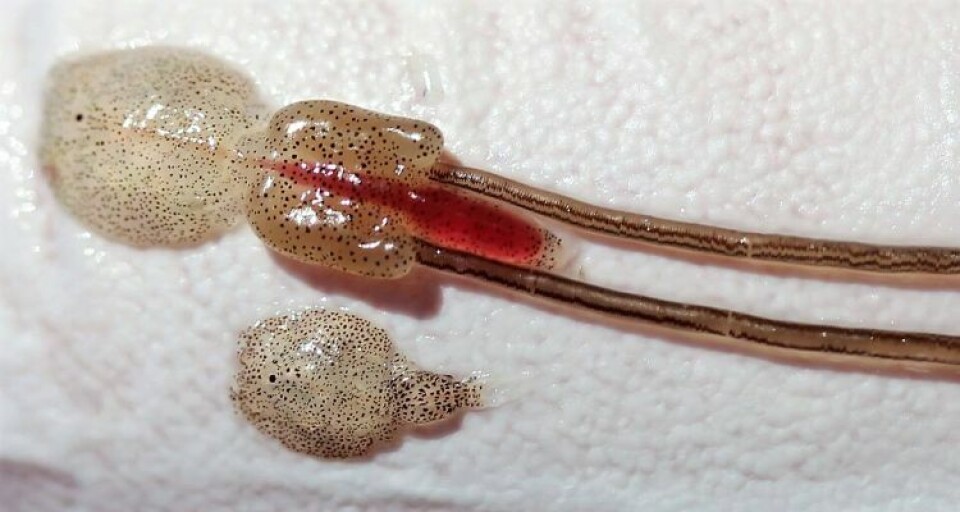
Scientists attempt to get the jump on lice
Researchers from Norway and Australia have been testing a novel way of treating salmon for sea lice by forming a floating layer of oil and antiparasitic on the surface of the water.
The salmon are then exposed to the drug when they surface to fill their swim bladders.
The research by the scientists from the University of Melbourne and the Institute of Marine Research, Norway, was prompted by limitations of current methods such as stress on the fish, mechanical damage, mortalities and environmental impact.
Canola oil
Researchers mixed canola oil and different concentrations of cypermethrin to assess its efficacy against Lepeophtheirus salmonis. They also tested whether they could increase the jumping activity of the salmon by submerging the cages for a period of time to limit access to the surface.
“High concentrations of cypermethrin eliminated most lice (38% lice removal after one jump). However, the number of repeated jumps in a short period and, therefore, exposure to the oil layer did not alter the effectiveness of lice removal,” wrote the study’s authors.
They also showed that the jumping frequency of the fish was increased through forced immersion for 44 hours followed by the re-establishment of access to the surface before applying the treatment.
Different combinations
“Overall, we demonstrate that submerging fish to increase their jumping rate can be used in conjunction with a floating oil layer to deliver delousing chemicals, which could then be re-collected immediately after treatment via standard oil boom and skimming equipment,” stated the researchers.
“Future research should determine the short and long-term welfare impacts of this new treatment method on salmon, and test different chemotherapeutant and oil combinations that increase treatment efficacy with minimum welfare impacts on salmon.”
Although the method had been tested before and with a higher percentage of efficacy (87%), the antiparasitic, oil and method of application were different, so they are not analogous.
Among the limitations stipulated by the authors are the concentration of the drug, its effectiveness when mixed with oil, the type of oil, exposure time to the antiparasitic and lice resistance to the drug.
Read the abstract of the study entitled “Jumping to treat sea lice: Harnessing salmon behaviour to enable surface-based chemotherapeutant application” here .























































